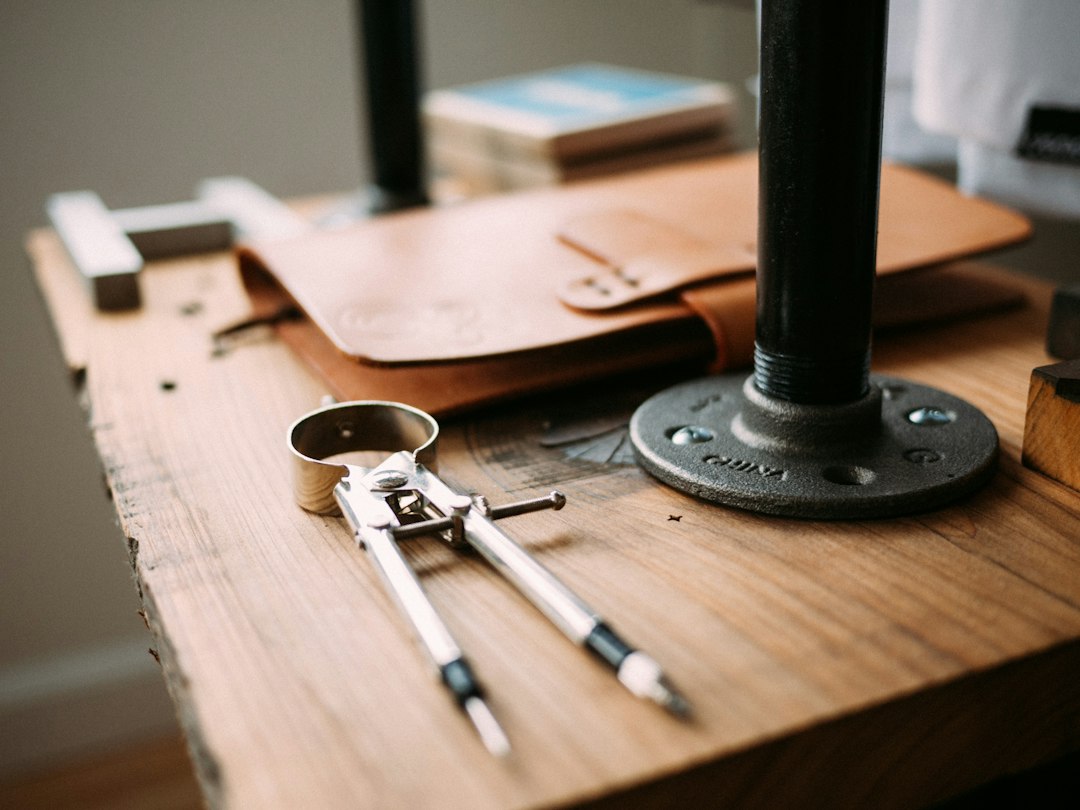The Role of 3D Printing in Manufacturing and Prototyping
In recent years, 3D printing has gained significant popularity and has revolutionized the manufacturing and prototyping industries. It is a groundbreaking technology that allows for the production of three-dimensional objects with the use of computer-aided design (CAD) models. The ability to create complex and customized objects has made 3D printing a game-changer in various sectors. In this blog post, we will explore the role of 3D printing in manufacturing and prototyping, and how it has transformed these industries.
One of the primary benefits of 3D printing in manufacturing is the ability to produce highly customized and intricate designs. Traditional manufacturing methods often have limitations when it comes to creating complex shapes and geometries. However, with 3D printing, designers can create intricate patterns and structures without any difficulty. Whether it is a unique product design or a component with intricate internal features, 3D printing enables manufacturers to bring their visionary concepts to life.
Moreover, 3D printing offers manufacturers the ability to streamline their production process. In traditional manufacturing, complex designs require the creation of molds or tooling, which can be time-consuming and expensive. On the other hand, 3D printing eliminates the need for molds by directly fabricating the object layer by layer. This not only reduces the production time but also lowers the production cost, making it a cost-effective solution for manufacturers.
Prototyping is another area where 3D printing has had a significant impact. In the past, prototyping involved extensive manual labor and time-consuming iterations. However, with 3D printing, the process becomes much faster and more efficient. Designers can quickly create a physical prototype based on a CAD model and make iterative changes easily. This rapid prototyping capability allows for faster design iterations and accelerates the overall development process.
One of the key advantages of 3D printing in prototyping is the ability to test and validate designs before mass production. Before the advent of 3D printing, designers had to rely on computer simulations or physical prototypes made through traditional methods. These methods were often costly and time-consuming, limiting the number of design iterations that could be performed. However, with 3D printing, designers can create functional prototypes that closely resemble the final product. This enables them to test the design in real-world conditions and make necessary adjustments early in the development process, resulting in higher-quality end products.
Additionally, 3D printing has enabled the creation of more sustainable manufacturing processes. Traditional manufacturing methods often generate a significant amount of waste in the form of leftover materials or failed prototypes. However, 3D printing minimizes waste by precisely depositing the required amount of material to create the object. It also allows for the use of recycled materials, reducing the environmental impact of the manufacturing process. Additionally, 3D printing supports localized manufacturing, reducing the need for shipping goods long distances and further reducing the carbon footprint of the manufacturing industry.
In summary, 3D printing has revolutionized the manufacturing and prototyping industries by offering highly customized designs, streamlining the production process, improving prototyping capabilities, and supporting sustainable practices. With its ability to create complex shapes and structures, 3D printing has empowered manufacturers to bring their creative ideas to life. It has also transformed the prototyping process, enabling faster design iterations and more accurate testing. As 3D printing technology continues to evolve, we can expect further advancements in manufacturing and prototyping, pushing the boundaries of what is possible.
